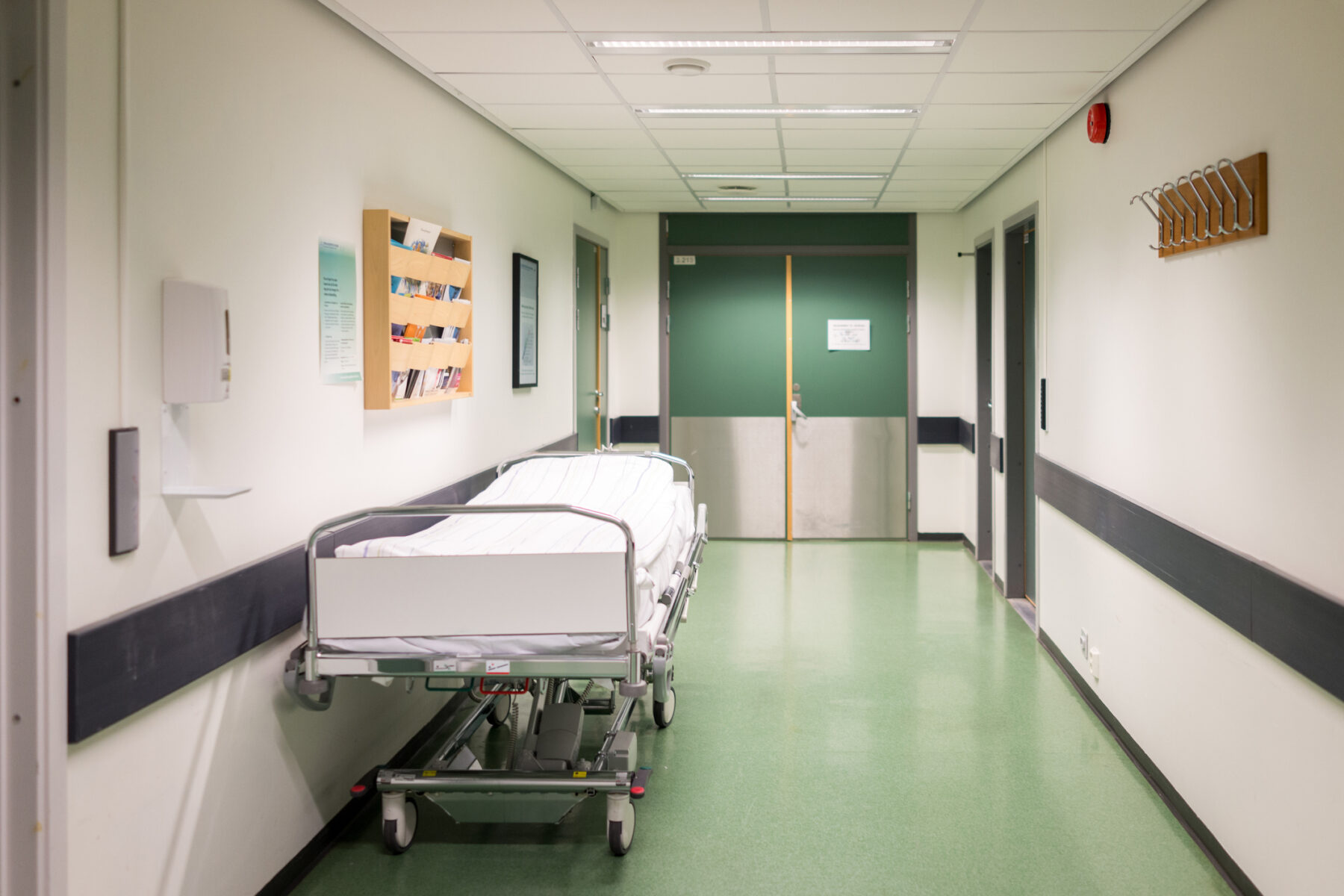More than a decade after the landmark Affordable Care Act passed, extending coverage to tens of millions of Americans for the first time, policymakers find themselves grappling with a problem that continues to make health care unaffordable and inequitable: rising health care costs.
In the past decade, health care costs have surged and outpaced wage and inflation growth.
“We’re now at a point where the average household is sending more of their household income to the hospital industry than they are to the Treasury Department,” Avik Roy, president of the Foundation for Research on Equal Opportunity, said in a recent Alliance for Health Policy event on lowering costs for the privately insured. “That is how bad the problem has become, in terms of the affordability of hospital care. And that’s before you even get to drugs, doctors, and everything else.”
The dramatic increase in health care costs is the result of excessive prices charged by providers. These irrational rates vary wildly depending on where you live, where you seek care and what kind of insurance you have. For example, hospitals on average charge those with commercial insurance — about half of Americans — about 200 percent or more of what Medicare pays for the same inpatient services and treatments.
“Congress addressed some of the immediate affordability challenges with the American Rescue Plan by strengthening the subsidies to help more people purchase insurance from the marketplaces, but a key affordability problem still exists for the more than 160 million people in the United States who have commercial health insurance coverage,” said Hunter Kellett, director of payment reform at Arnold Ventures. “There are good policy options in this space that address the drivers of health care cost growth, and there’s evidence to suggest that these policies would make health care more affordable.”
We’re now at a point where the average household is sending more of their household income to the hospital industry than they are to the Treasury Department.Avik Roy president of the Foundation for Research on Equal Opportunity
As the United States mounts a recovery from COVID-19 and the economic slowdown, policymakers are considering policy solutions to rein in health care prices, provide financial relief to families, employers and taxpayers, and forge a more affordable health care system that puts the nation on firmer footing going forward.
The Impact of Solutions
To tackle commercial sector prices, policymakers have a range of solutions to consider.
Transparency mandates haves shed light on opaque provider prices and the closed-door negotiations between insurers and providers, revealing the extreme variation in pricing that favors dominant hospitals with concentrated market power.
But transparency alone can’t unwind the monopolization of the health care sector that has led to higher prices — to do that, stronger federal regulation is needed.
The Urban Institute, which modeled the impacts of eight different policy solutions, found that implementing a public option and/or capping provider rates for the commercial market would generate savings for employers, households, and taxpayers.
Under Urban’s modeling scenarios, a public option with rates set at 160% of what Medicare pays would compete with other insurers, putting pressure on the market to lower costs. Alternatively, a cap on provider rates, set at 160% of Medicare rates, would limit the amount a provider could charge, meaning payment rates would not be higher than the cap but could possibly be lower as insurers and providers compete for business.
Implementing these policies in the individual market results in savings to consumers and the federal government, but expanding these policies to those who receive their insurance from the employer market would significantly increase the savings and allow more people to benefit. For example, debate has centered on introducing a public option in the individual market, but allowing employers to opt-in would result in nine times more savings for American households each year. Savings to the federal government would also increase to to $13 billion a year from $6 billion a year.
Another option — capping provider prices for the entire commercial market — would allow all enrollees to benefit from lower health care prices, not just those who choose to enroll in a public option. Urban estimates that capping prices for the entire commercial market would lower average health care premiums by as much as 18% for the more than 160 million people with commercial insurance. This option would also increase federal savings to $38 billion annually.
To learn more about the various policy solutions to address commercial sector prices, check out our policy brief.

















